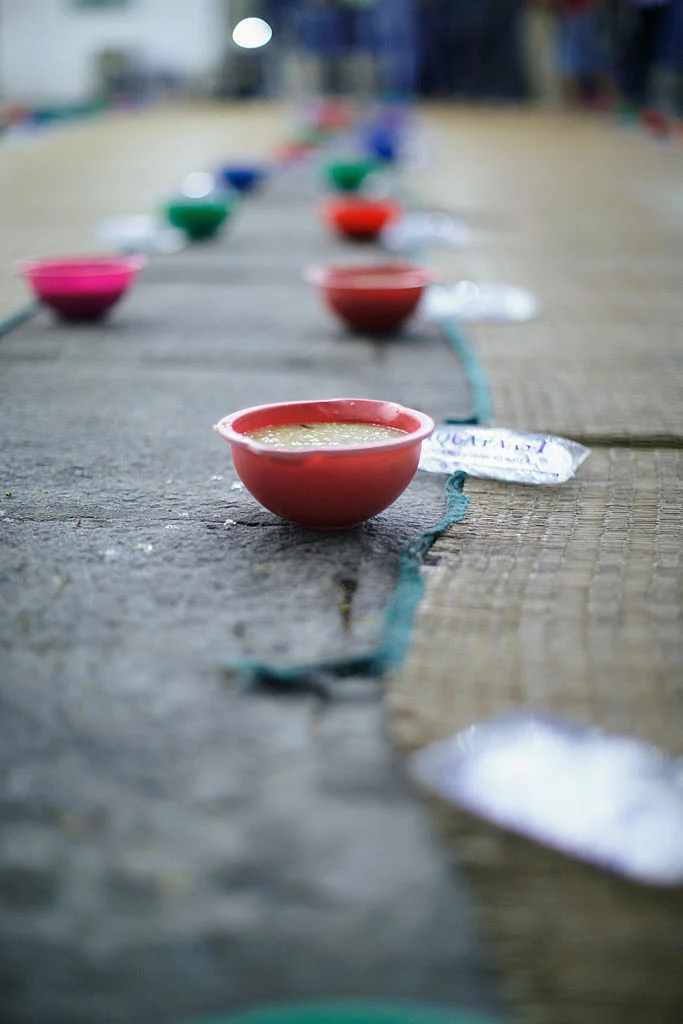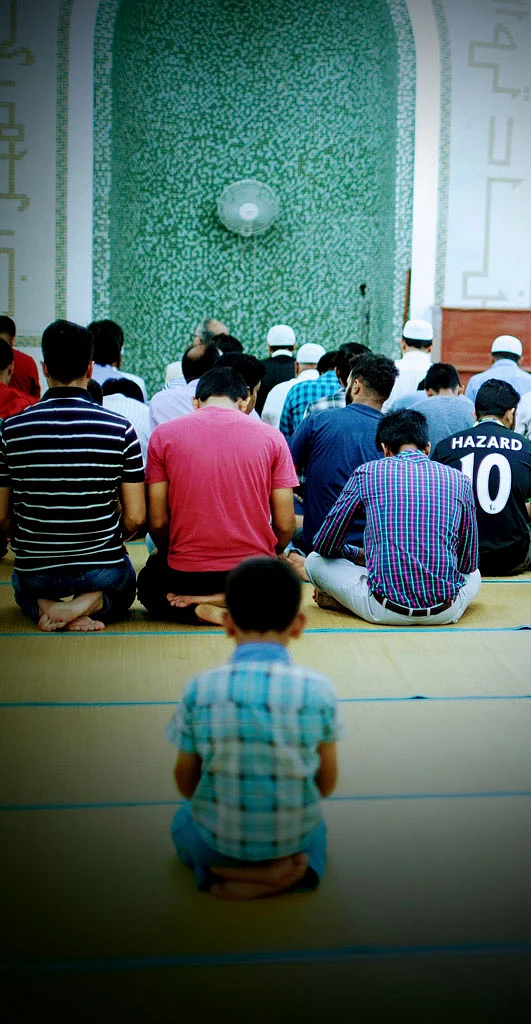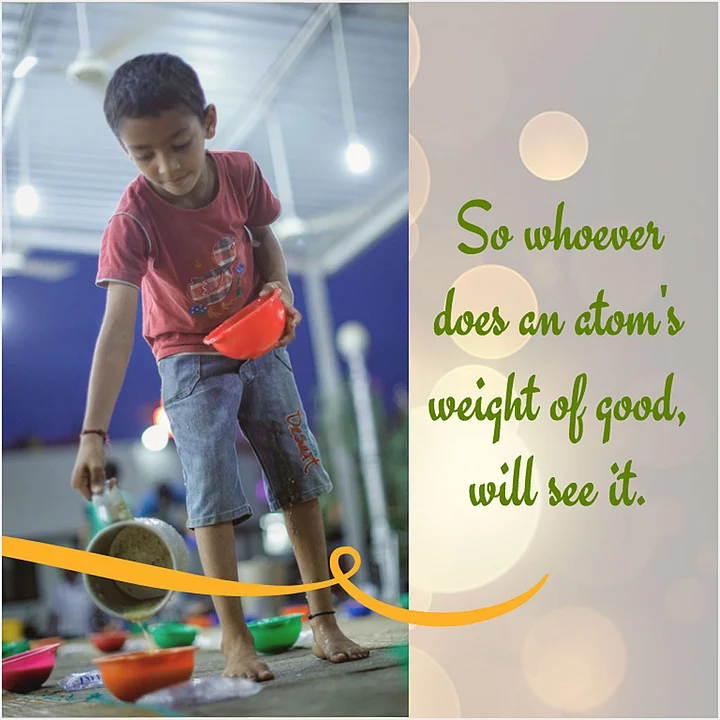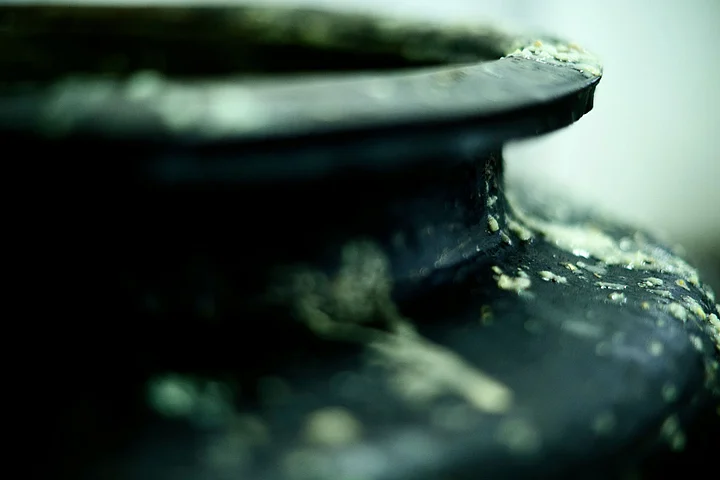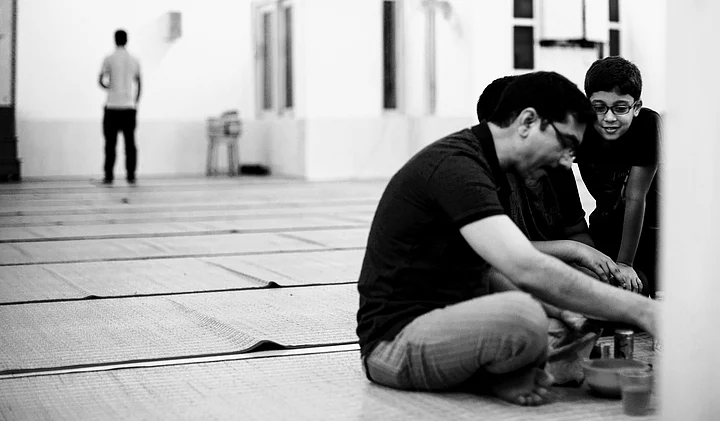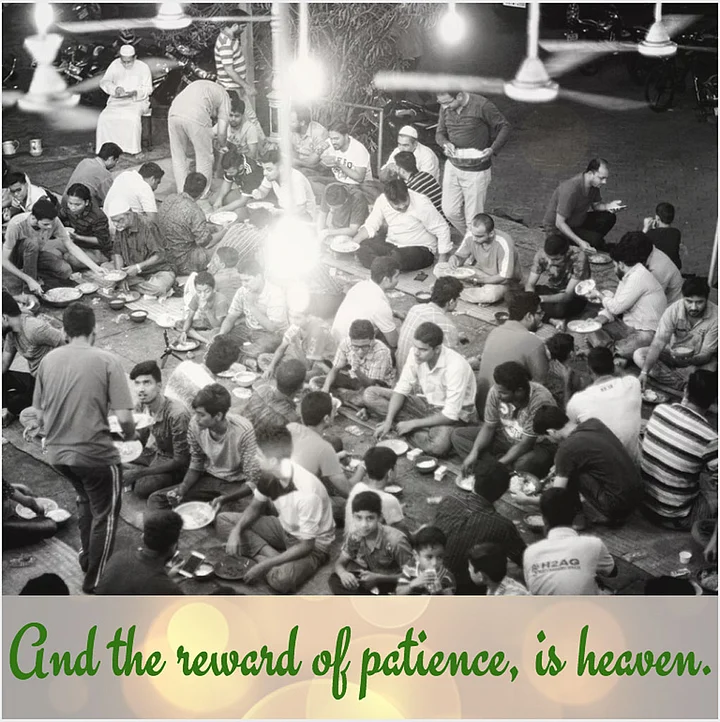The month of Ramadan has drawn to a close. Devout Muslims of the Shia order gathered in silence on Saturday, at the Thousand Lights Mosque, which is one of the oldest mosques in Chennai, to offer prayer, and to break their fast.
There were those who fast, those who serve, and those who pray. I, with my camera, was the odd one out.
Here are a few scenes from the quiet evening, and some verses from the Quran, apt for the occasion.
From MacKay Garden to Mosque
In the late 1700s, the then Mayor George MacKay built a garden house over an area called the ‘Great Choultry Plains’. Thanks to his garden house, the area came to be known as ‘MacKay Gardens’.
Barely fifteen years later, it was bought by the Nawab of Wallajah, who was both courteous – taking to British customs of tea and breakfast – and at times, devious. He was an ally of the British and a great friend to Stringer Lawrence, who is often called the ‘Father of the Indian Army’.
In 1810, the Nawab’s son, Umdat-Ul-Umrah, built an assembly hall and mourning place (Ashoorkhana). Ten years later, the Thousand Lights Mosque was built in front of it.
- 01/07‘Nombu Kanji’ (sacred gruel)Vikram Venkateswaran

- 02/07Final minutes of prayer.Vikram Venkateswaran

- 03/07A child volunteer serves the sacred gruel.Vikram Venkateswaran

- 04/07The cauldron in which the sacred gruel is cooked.Vikram Venkateswaran

- 05/07Father and sons feast inside the mosque.Vikram Venkateswaran

- 06/07Iftar feast in full swing.Vikram Venkateswaran

- 07/07The feast is a silent, happy affair.Vikram Venkateswaran

Chennai’s Muslim Community
In 1768, the Nawab of Arcot moved to Triplicane, with over 20,000 Marakayar Muslims (Tamil-Malayalam speaking). Triplicane was then the largest community of Muslims in South India, next to Hyderabad.
By the mid-1800s, Chennai’s Muslim population was substantial, and was also split into the Urdu Muslims and the Tamil Muslims. Both sections were integral to the city’s culture and commerce. The Tamil Muslims, led by Jamal Mahomed, spearheaded an effort to gain control of trade of of skin and hides to the United States. They were very modern in their international business interests and held close economic ties with influential Hindu groups.
The Urdu-speaking Muslims – who were, at the time, the only kind of Muslims that the British recognised as being part of the ‘establishment’ – linked Chennai’s Urdu Muslims with the reforms that were underway in Muslim communities in North India.

